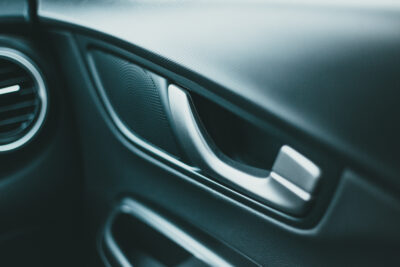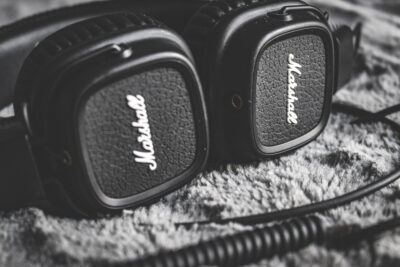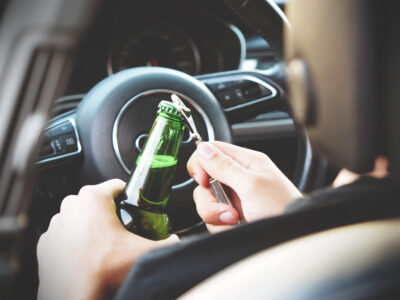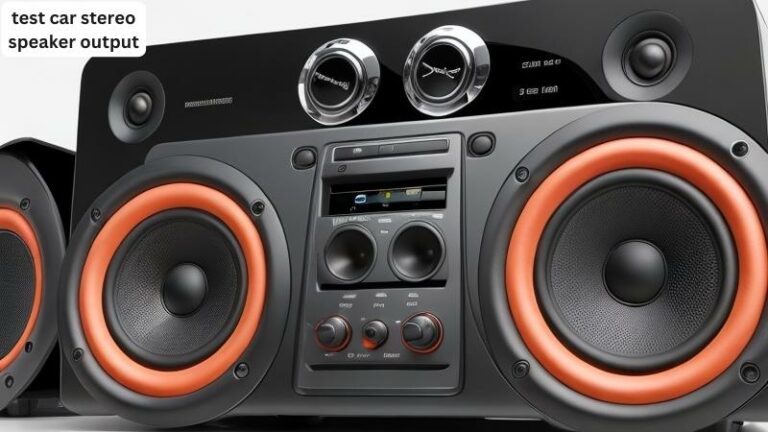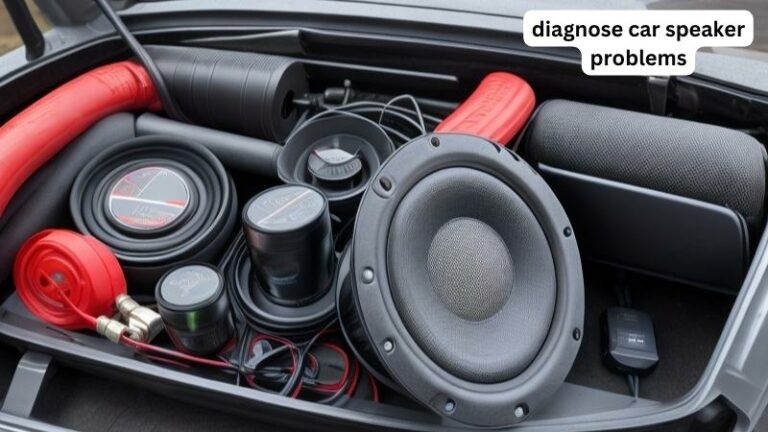How To Hook Up A Speaker To A Car
Today we discuss How To Hook Up A Speaker To A Car. Imagine cruising down the highway, feeling the bass thump in perfect harmony with your favorite beats, and experiencing crystal-clear vocals that make you feel like you’re front row at a concert. By learning how to properly connect a speaker to your car, you can achieve this audio nirvana. In this comprehensive guide, we’ll cover everything from selecting the right speaker for your car’s audio system to installing it correctly, ensuring that you’re equipped with the knowledge to elevate your driving experience. So, buckle up and prepare to immerse yourself in the world of car audio as we guide you through the process of hooking up a speaker for your car.
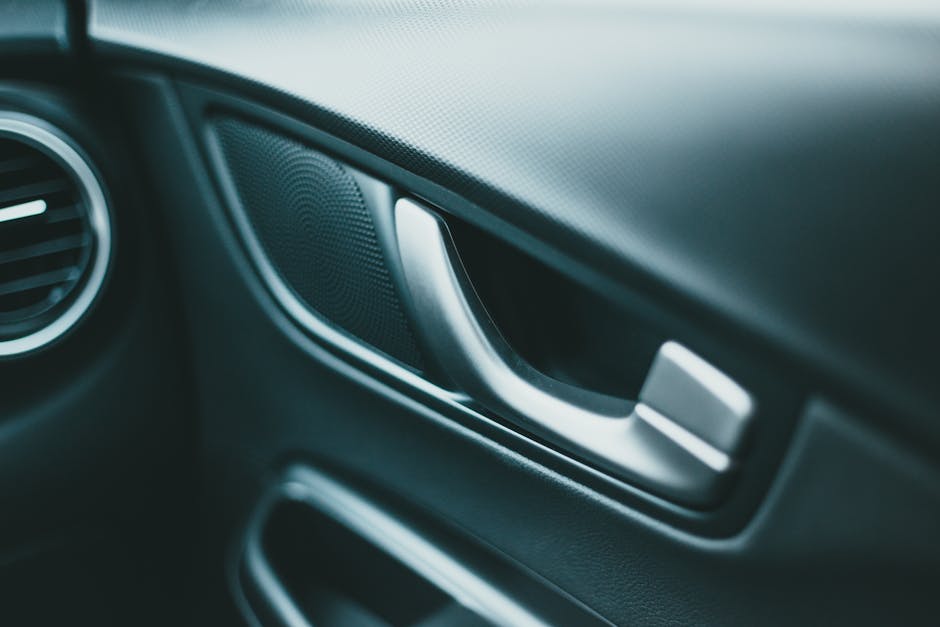
How to Hook Up a Speaker to a Car:
Step 1: Gather the Necessary Tools
Before you begin, make sure you have all the tools required for the job. You will need a set of speakers compatible with your car’s audio system, speaker wires, wire cutters, a wire stripper, electrical tape, and a screwdriver or drill.
Ensure that the speakers you have chosen are of the correct size and impedance for your car’s audio system. It’s also a good idea to read the user manual for your car’s audio system to understand any specific requirements or limitations.
Step 2: Disconnect the Battery
Before you start working on the electrical components of your car, it is important to disconnect the battery to ensure your safety and prevent any damage to your vehicle’s electronics. Locate the negative terminal of the battery and use a wrench to loosen and remove the negative cable connection.
Once the negative cable is disconnected, secure it away from the battery terminal to prevent accidental reconnection while you work on the speaker installation.
Step 3: Remove the Old Speaker
Start by removing any panels or grilles that are covering the speaker you want to replace. Use a screwdriver or drill to remove any screws or fasteners holding the speaker in place. Carefully disconnect the wiring harness or speaker connectors from the old speaker.
Take note of the polarity of the speaker wires (positive and negative) connected to the old speaker. It is important to maintain the same polarity when connecting the new speaker to ensure proper audio reproduction.
Step 4: Connect the New Speaker
Begin by connecting the speaker wires from the car’s wiring harness to the corresponding terminals on the new speaker. If the speaker wires are not already stripped, use a wire stripper to remove a small section of insulation from the ends.
Connect the positive wire from the car’s wiring harness to the positive terminal of the new speaker and the negative wire to the negative terminal. Ensure the connections are secure and use electrical tape to insulate the exposed wire connections.
Step 5: Test and Secure the Speaker
Before reinstalling any panels or grilles, it’s important to test the new speaker to ensure it is functioning correctly. Reconnect the negative cable to the battery and turn on your car’s audio system. Play some music or a test tone to verify that the new speaker is working properly.
If the speaker is functioning correctly, disconnect the negative cable again and proceed to secure the speaker in its designated location. Use screws or fasteners to secure the new speaker in place and reattach any panels or grilles that were removed during the installation process.
Step 6: Reconnect the Battery
With the speaker properly installed and secured, it’s time to reconnect the battery. Begin by placing the negative cable back onto the battery terminal and tightening it with a wrench. Ensure the connection is secure.
Once the negative cable is securely connected, test the audio system once again to confirm that the new speaker is functioning as desired. Adjust the audio settings if necessary and enjoy your newly installed speaker.
Step 7: Fine-Tuning and Additional Considerations
After hooking up the speaker to your car, you may need to fine-tune the audio settings to achieve the desired sound quality. Explore the audio system’s equalizer and balance controls to customize the audio output to your preferences.
It is also important to consider the power requirements of the new speaker. Make sure your car’s audio system can provide enough power to the speaker without causing any distortion or damage. If needed, you may need to install an amplifier to enhance the performance of the speaker.
Faqs for How To Hook Up A Speaker To A Car:
To connect a speaker to your car, you will need to follow these steps:
First, locate the speaker wires in your car. These are usually located behind the stereo or in the door panels. Once you have found the speaker wires, you will need to strip the insulation off the ends of the wires using a wire stripper.
Next, connect the positive wire from the speaker to the positive wire from the car using a soldering iron or wire connectors. Repeat this process for the negative wire.
Finally, test the speaker by turning on the car’s stereo system and adjusting the volume.
In most cases, you can connect any speaker to your car as long as it is compatible with your car’s stereo system. However, it is important to check the specifications of both the speaker and the car’s stereo system to ensure compatibility.
This includes checking the impedance, power handling, and size of the speaker, as well as the output power and connections of the car’s stereo system. Consulting the user manuals or seeking professional advice can help ensure a proper match.
In addition to the speaker and your car’s stereo system, you may need some additional equipment to properly hook up a speaker to your car. This can include wire connectors, a soldering iron, wire strippers, and electrical tape.
The specific tools and equipment required will depend on the type of speaker and car you have, as well as your personal preferences. It is always a good idea to have a basic toolkit on hand when attempting to connect a speaker to your car.
When hooking up a speaker to a car, it is important to avoid some common mistakes, such as:
1. Incorrectly connecting the positive and negative wires: This can result in poor sound quality or even damage to the speaker or car’s stereo system. Always double-check the wiring connections before testing the speaker.
2. Overpowering the speaker: Connecting a speaker with a higher power rating than your car’s stereo system can handle can cause distortion or even blow out the speaker. Make sure to match the power ratings of the speaker and stereo system.
Yes, you can install multiple speakers in your car to enhance the audio experience. However, it is important to consider the power requirements and limitations of your car’s stereo system. Adding too many speakers or speakers with high power demands can overload the stereo system and result in poor sound quality or damage. It is recommended to consult the user manual or seek professional advice when adding multiple speakers to your car.
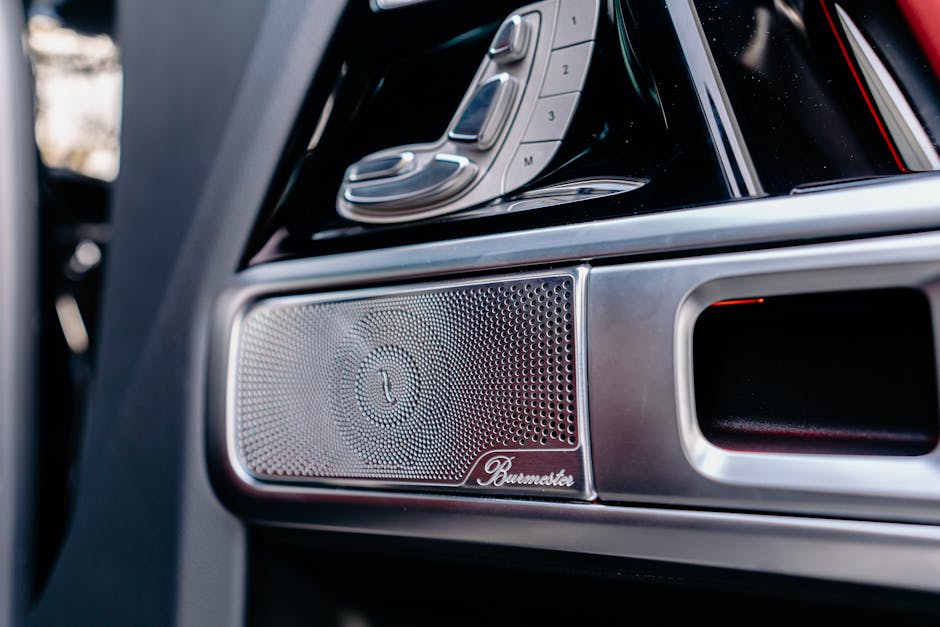
Source: pexels.com
conclusion:
learning how to hook up a speaker to a car can greatly enhance your driving experience. By following the step-by-step guide provided, you can enjoy crystal-clear audio and immersive sound while on the road. Whether you are a music enthusiast or simply enjoy listening to podcasts or audiobooks during your commute, installing speakers in your car can greatly amplify the quality of your audio.
Remember, it is essential to gather the necessary tools and materials, such as wiring harnesses and connectors, before starting the installation process. Additionally, taking the time to properly mount and secure the speakers will ensure optimal performance and longevity. So, why settle for mediocre sound quality when you can easily upgrade your car’s audio system and transform your driving experience into a truly enjoyable one?
By taking the initiative to learn how to hook up a speaker to a car, you have the power to take control of your audio experience on the road. With a little patience and some basic knowledge, you can easily transform your car into a mobile entertainment center. So, don’t hesitate to embark on this exciting journey and discover the joy of high-quality sound while cruising down the highway. Happy listening!
